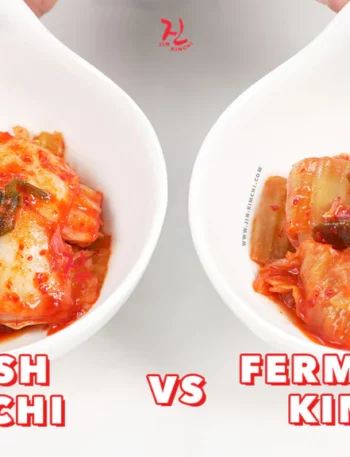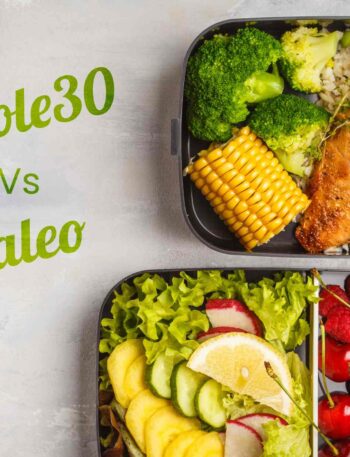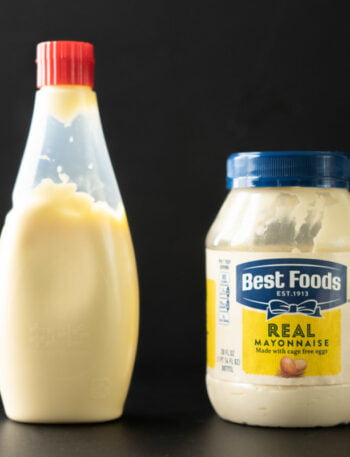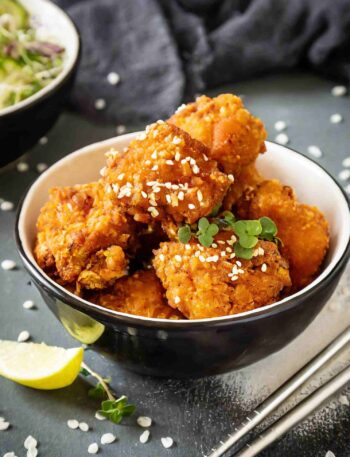
In 2025, we’re no longer just feeding hunger—we’re feeding purpose. Food’s not just fuel, it’s becoming strategy. A bowl of yogurt isn’t just breakfast, it’s a brain boost.
A bottle of cold brew mushroom elixir? That’s your stress armor in a world that won’t stop spinning. And people aren’t buying it just ‘cause it tastes good.
They’re buying it because it does something. Welcome to the age where your pantry looks more like a pharmacy than a kitchen—and no, grandma’s herbal soup isn’t woo-woo anymore, it’s science-backed and investor-approved.
As the old Indonesian saying goes, “When the buffalo slips, even the frog laughs.” Translation? Miss the shift, and even the amateurs will outrun you.
See, something’s cracking open in our collective psyche. Maybe it’s burnout. Maybe it’s post-pandemic paranoia. Maybe it’s just that we’ve finally had enough of food that fills but fails.
Either way, we’re craving more—more intention, more benefit, more return on every bite. And the market heard that loud and clear.
What used to be a niche—things like adaptogens, prebiotics, or biohacked snacks—has now bulldozed its way into the mainstream.
You’ve got gym bros sipping nootropic sodas between reps, finance bros dunking their anxiety in ashwagandha cookies, and TikTok wellness girlies selling out stockpiles of collagen gummies in under an hour.
What’s the deal with “functional”?
“Functional food” isn’t just a salad that makes you feel smug. It’s food formulated or naturally packed to target something—your gut, your skin, your stress, your energy, even your libido. It’s spinach with benefits. Bread with purpose. Drinks that do more than just hydrate.
This isn’t about dieting or weight loss. It’s about resilience, recovery, cognition, hormones, mood, immunity—and the illusion that maybe, just maybe, we can regain a bit of control over our wildly unpredictable lives.
Brands aren’t dumb. They’re doubling down. Even the big dogs—Nestlé, PepsiCo, Danone—they’re tweaking formulas, snatching up startups, and wrapping benefits in pretty pastel packaging to make wellness feel sexy, not sterile.
Suddenly, gut health isn’t embarrassing—it’s trendy. Brain fog isn’t a mystery—it’s a market segment. Food’s going through its tech startup phase, complete with angel investors and clinical trials.
Hell, even vending machines in Tokyo now serve mood-enhancing meals. Welcome to late-stage capitalism, where even your anxiety gets monetized.
Why now? Why us?
It’s not coincidence. It’s context. The mental health crisis is peaking. Chronic illness is off the charts. Prescription fatigue is real.
And we’re in this weird cultural limbo—overmedicated but undernourished, skeptical of Big Pharma yet desperate for results. People are turning to their plates for answers they don’t trust pills to give anymore.
You want sharper focus? Better sleep? More stable mood? There’s a drink for that. A gummy. A probiotic shot. A sprouted, fermented, adaptogenic latte that costs more than your hourly wage. Take your pick.
And let’s not kid ourselves. This isn’t just about health—it’s about identity. Eating smart has become social currency. Post your supplement stack and you’re not just nourishing your body—you’re flexing your awareness.
You’re not just eating for energy—you’re optimizing. In 2025, what you eat signals who you are. Clean girl. Biohacker. Herbalist. The keto-bro-meets-vegan-alchemist hybrid. Functional food isn’t just nutrition—it’s narrative.
But not everyone’s clapping.
Some folks are side-eyeing this whole thing, and rightfully so. Just because it’s wrapped in recyclable packaging and laced with lion’s mane doesn’t mean it’s not performative.
There’s a thin line between wellness and wealth signaling. Not everyone can afford their way into vitality. A functional food movement that excludes the everyday eater? That’s not evolution—it’s elitism in edible form.
Still, even the critics can’t ignore the momentum. The global functional food market’s projected to hit over $400 billion by 2030, and 2025 is shaping up to be its tipping point. Gen Z is all in.
Millennials are trading oat milk for oat-based adaptogenic creamers. Even boomers are getting curious—once the arthritis hits, that turmeric smoothie doesn’t sound so ridiculous anymore.
The Bottom Line:
If food is the new medicine, then 2025 is the year we all started playing doctor. And yeah, some of it’s performative BS dressed in turmeric dust and wellness jargon.
But underneath the hype, there’s a real hunger. Not just for nutrients—but for change. For something that works. For a bite that heals instead of harms.
The world’s a mess, and people are trying to fix it the only way they know how—one mushroom gummy at a time.
So next time someone offers you a “mood-boosting adaptogenic brownie,” don’t roll your eyes too quick. This isn’t a trend. It’s a sign of the times. And if you’re still living on instant noodles and denial, well… don’t say we didn’t warn you.
“Tell me what you eat, and I’ll tell you what’s broken.”









